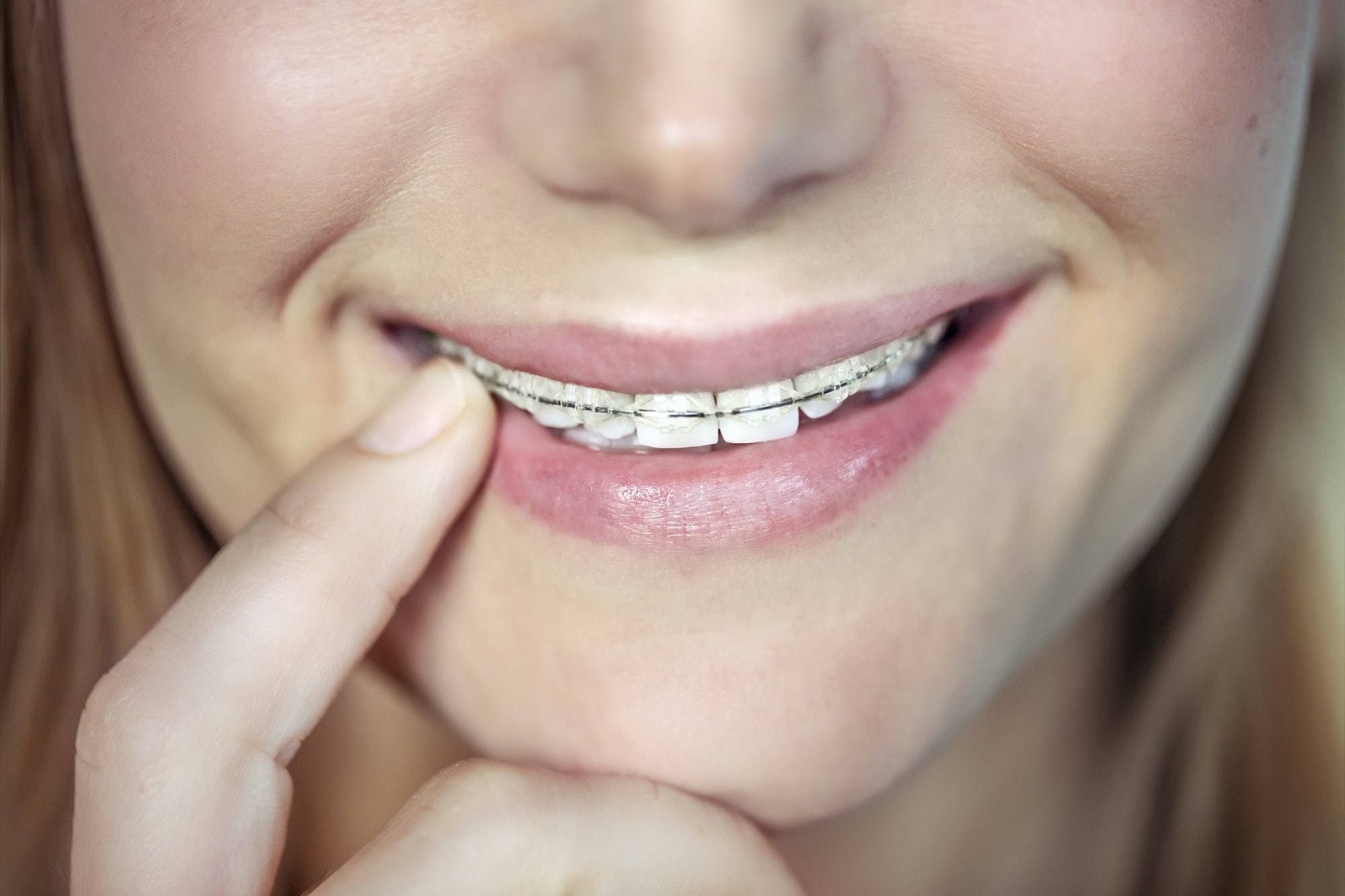Orthodontics (Braces)
Orthodontic procedures can prevent additional costly care that may be required to treat the dental complications that arise from misaligned teeth.

Benefits of Orthodontics (Braces)
While the most obvious benefit of having braces is straight teeth and a beautiful smile, there are many other less obvious benefits of orthodontics. Crooked teeth are not only difficult to clean and maintain and may lead to tooth decay or worsening gum disease. Crooked teeth may also cause misalignment of the jaw. Improper jaw alignment can lead to abnormal wear of the tooth surfaces, inefficient chewing function, excessive stress on the teeth, and misalignment of the jaw joints. Often, headaches and face or neck pain are symptoms of these orthodontic issues. Many orthodontic problems are acquired genetically. Such problems include overcrowding, excess space between teeth, a protruding upper lip, extra or missing teeth, a jaw growth problems. These issues may also be a result of thumb sucking, mouth breathing, dental disease, abnormal swallowing, poor oral hygiene, trauma, poor nutrition, and early or late loss of the baby teeth.
Orthodontic procedures can be a significantly cheaper option than the additional care that may be required to treat the dental complications that arise from misaligned teeth. Orthodontic treatment is not only a solution, it is prevention.
How Braces Work
Braces work by placing a constant, gentle force upon the teeth in a carefully controlled direction. The braces slowly move the teeth to the correct position. The technology in orthodontics has greatly improved over the years. Today’s braces are clear or metallic in color and can be made of a variety of materials such as metal, ceramic, or plastic. The wires that are used are far less noticeable than they used to be and, because they use the latest materials, are able to move the teeth far faster and with less discomfort than they previously could.
Duration of Treatment
Treatment duration varies from patient to patient, however, it typically ranges from twelve to thirty months. Factors that impact the duration of treatment include the growth of the patient’s jaws and the severity of the problem. And because patients grow at different rates, the response to orthodontic treatment may vary between patients. Treatment duration can also be impacted by a patient’s diligent use of prescribed rubber bands. The orthodontist and the patient must work as a team in order to complete treatment as quickly as possible!
